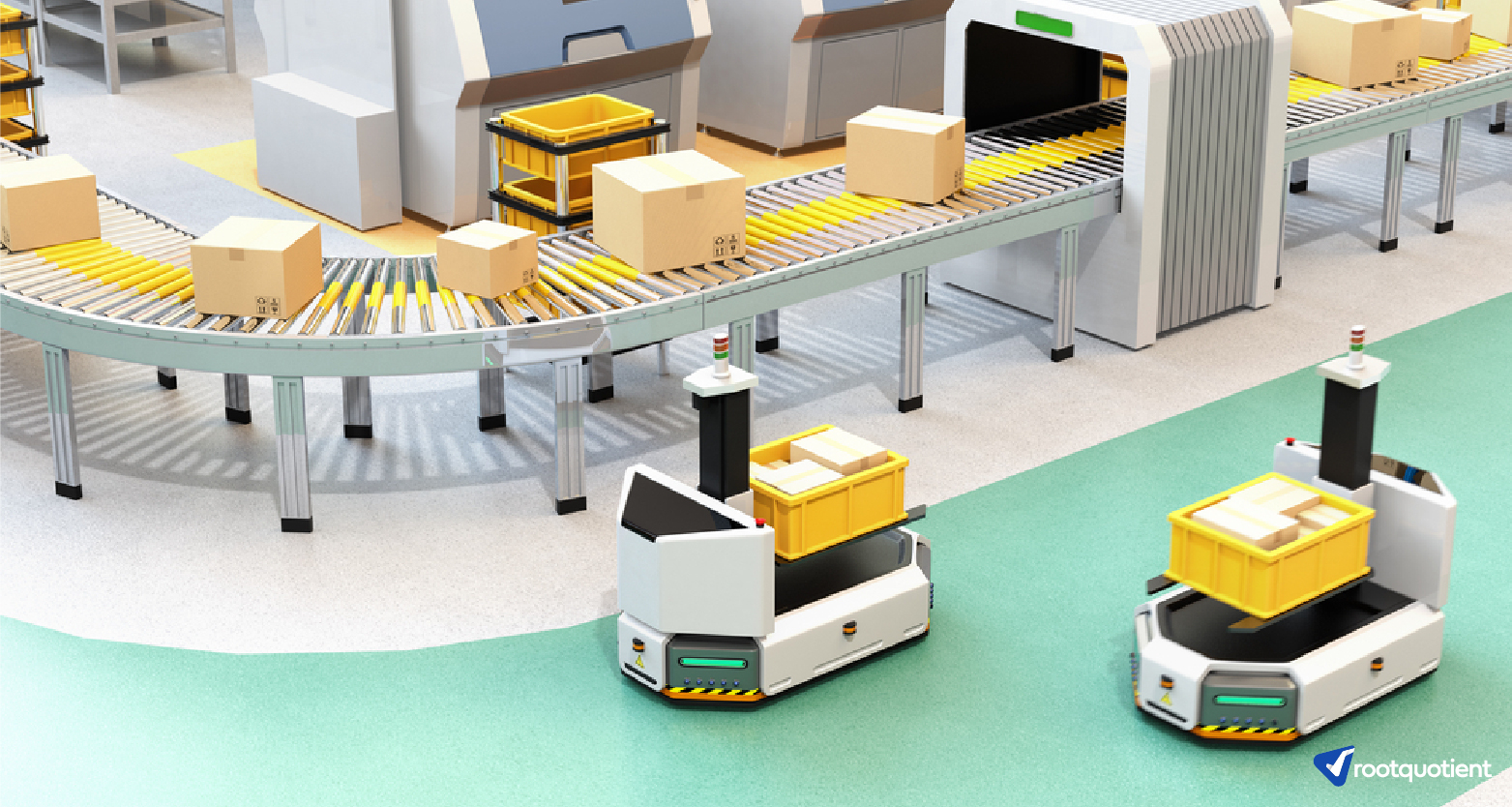A sneak peek on the internal processes and challenges in implementing Industrial IoT (IIoT).
A company uses an app to ensure that their machines have enough fuel at all times and details regarding the replacement as and when required. The operators also have instant access to all such key indicators in real-time, making it ‘human error-proof’ and increasing efficiency. This was just the beginning of the Industrial Internet of Things (IIoT), which focuses on automation, operational efficiency, maintenance, and many more mature operational aspects leading to industrial transformation. Some major industries relying on IIoT and making it more futuristic with time include logistics and transportation, manufacturing, energy, and utilities, etc.
If a production line that is miles away, monitored by automation and robots, stops due to a technical snag, a technician has to travel all the way to identify the problem, find the solution and then fix it. What if the robot had indicated beforehand that it needed maintenance? What if the technician could read the problem remotely and rectify it from where he/she is? Such is the opportunity provided by IIoT.
The Principle Benefits of Industrial IoT (IIoT)
Adopting a system that makes human labor easier and production more efficient obviously has crucial benefits. Some include,
- Maximum utilization of assets
- Better operational efficiency
- Creating new business opportunities
- Cost-efficient
- Reducing downtime
How Can Organizations Optimize IIoT Projects?
While most of the organizations are looking to adopt Industrial IoT, only a handful are successful to see the end of it. The following are some of the ways to ensure that the whole process sees the daylight and continues to work on more complex applications in the future.
1. Start small
A massive and sudden change may be difficult to implement and also confuse employees. It is also important to experiment with the risk taken initially to be ready to face failures if any.
2. Legacy equipment
It is important to check the existing equipment for their readiness for transformation. If they are too old or not compatible with technical upgrades, necessary steps should be taken to prepare them.
3. Build partnerships
Internal partnerships between teams and required external partnerships to get things started would go a long way in creating an adaptable environment for IIoT.
4. Focus on analytics
All the big data collected should be put to proper use with proper insights, action plans, and automation. The collection of more data is also crucial to keep the systems updated.
5. Security
The biggest challenge in the Internet of Things is security. So, one must be aware of the top IoT security issues and how to prevent them. From the beginning, the security of connected systems and applications should be monitored. Rootquotient is one of the Top Mobile App Development Companies practicing security by design and embedded security since there are multiple components involved.
Talking of challenges, as with any technology, IIoT also faces challenges in implementation. Educating the employees about the change in process, security, data collection, connectivity, and visibility are the current challenges, to name a few. Integration of Information Technology and Operational Technology could result in what may be a revolutionary move for the organization.
With the right monetary investment and commitment to developing the industry’s infrastructure and be prepared for rapidly changing working systems, the initial challenges can be overcome with ease. A systematic approach of applying contemporary data management and analytic systems will add value to IIoT. Get in touch with our experts to know more about leveraging the power of connected systems by implementing the Internet of Things (IoT) in your organization.



